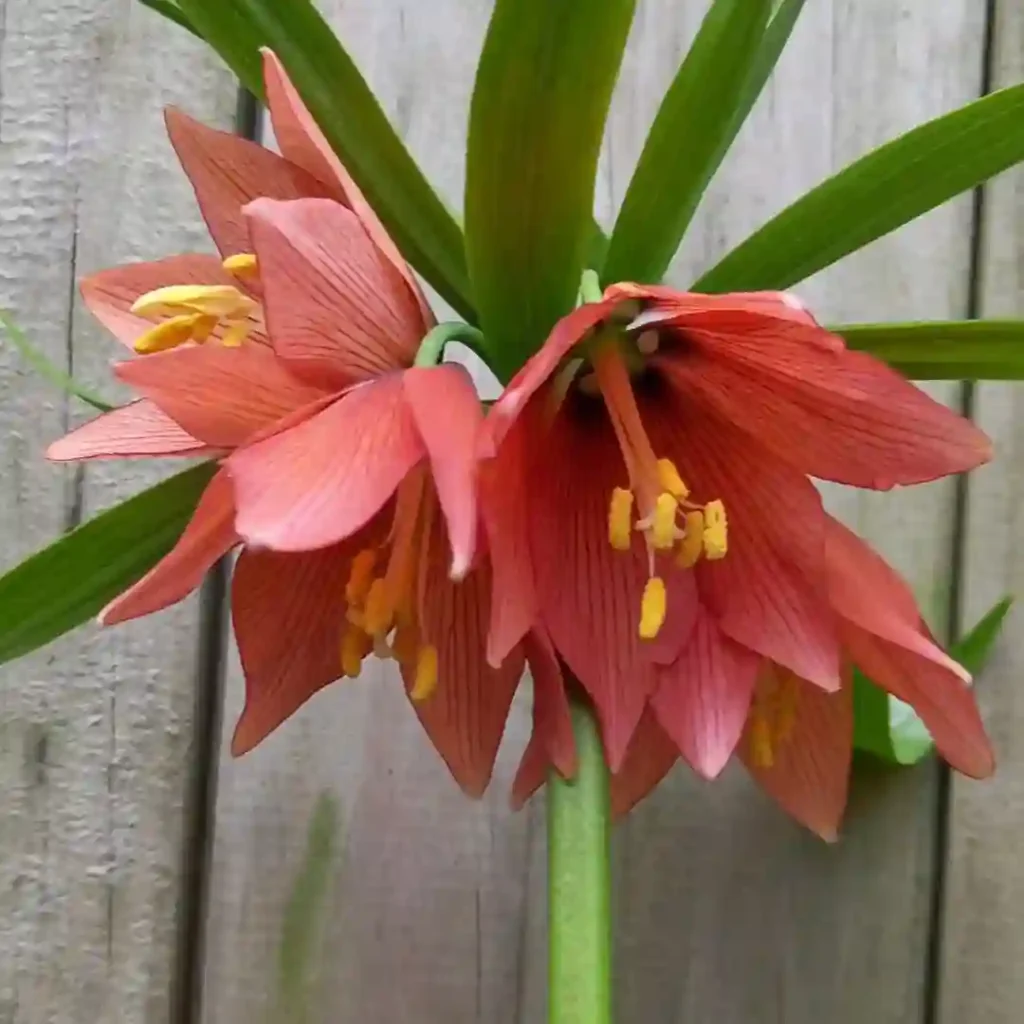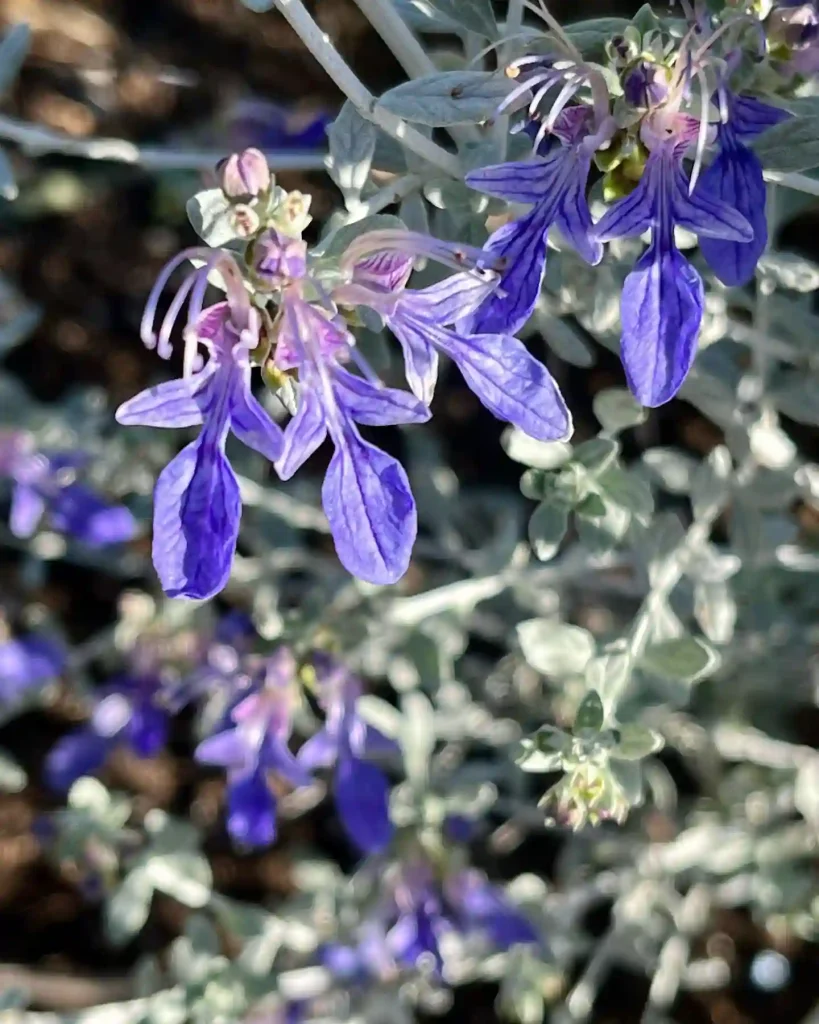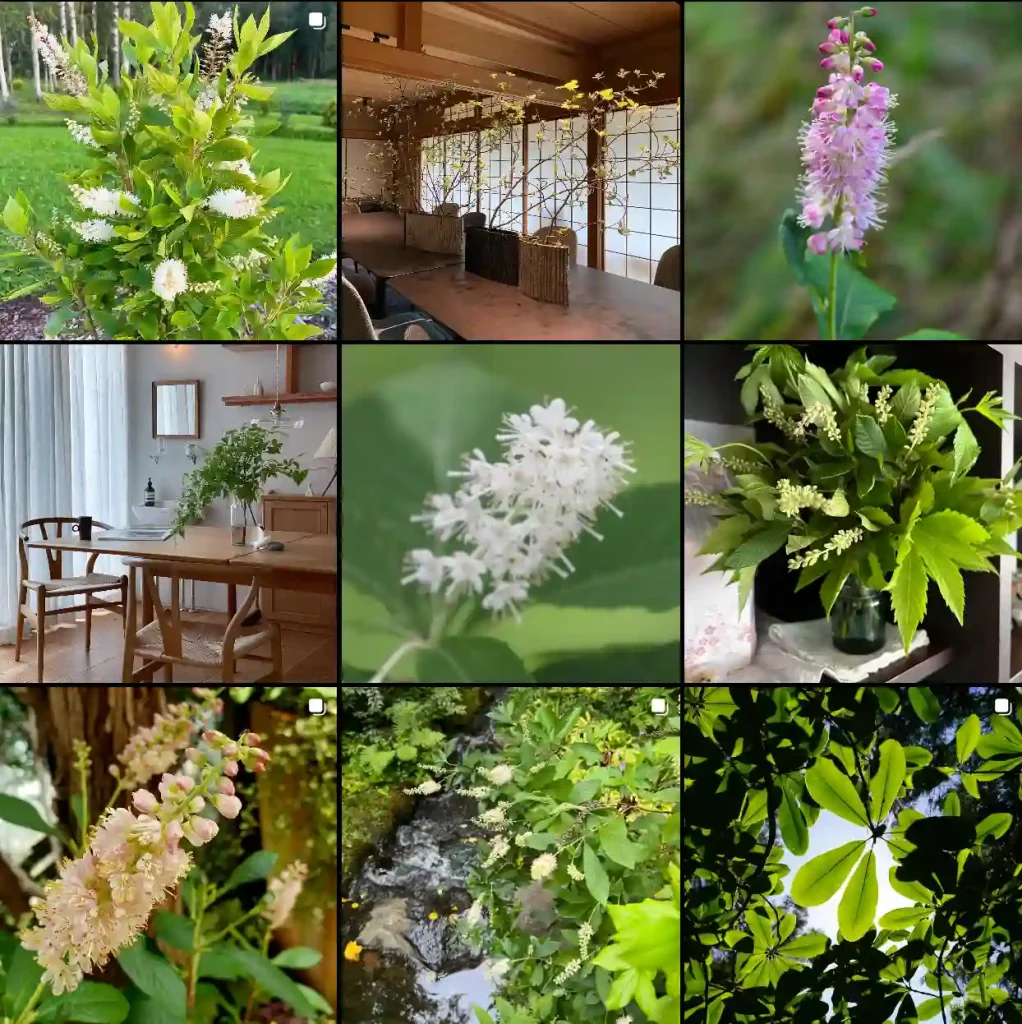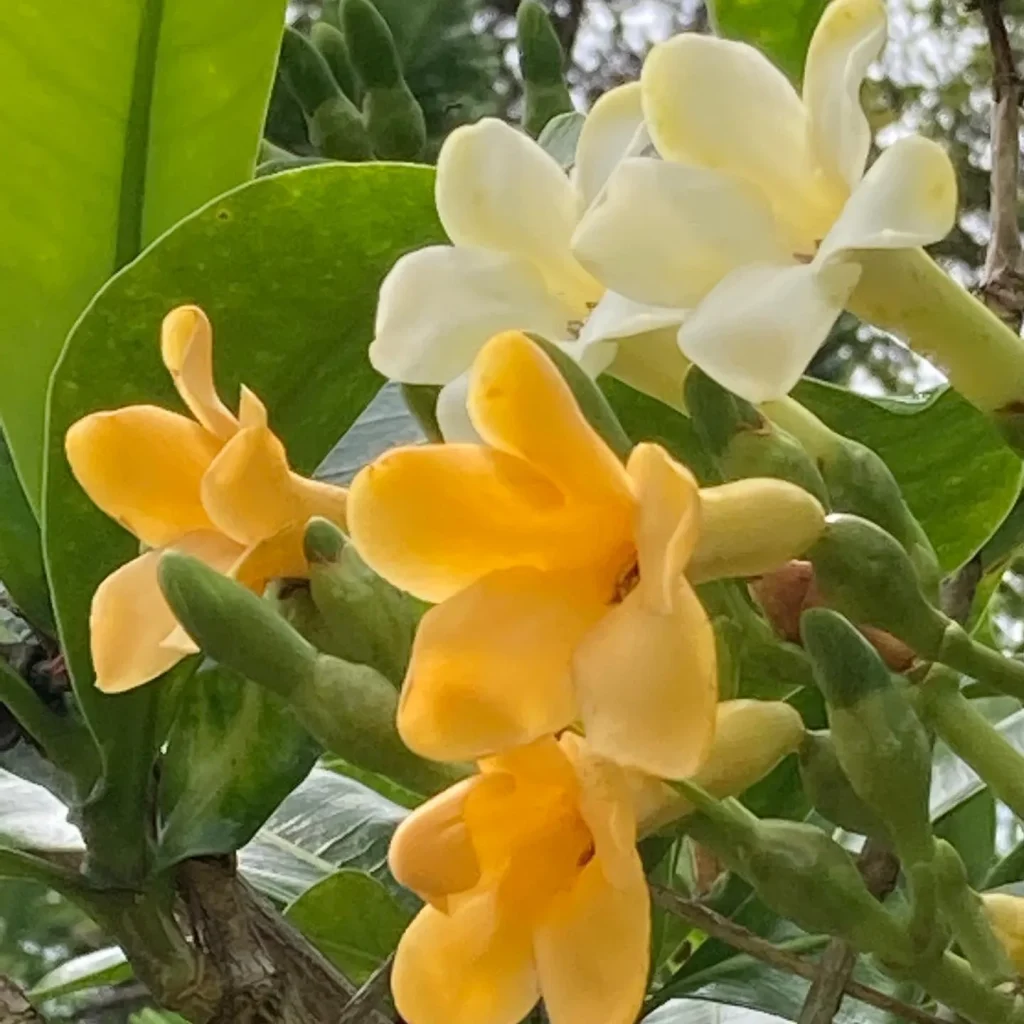Hoya Lacunosa: A Beginner’s Guide by Ferb Vu
Hello there, fellow plant enthusiasts! Today, I want to delve into the wonderful world of Hoya lacunosa, also known as the Cinnamon Hoya. This charming little vine has captured the hearts of many plant collectors, myself included, with its unique foliage and fragrant blooms.
Over the years, I’ve learned a lot about caring for Hoya lacunosa and I’m excited to share my experience with you. Whether you’re a seasoned plant parent or just starting your indoor jungle journey, this guide will equip you with everything you need to know about this delightful Hoya.
566 Species in Genus Hoya
What is Hoya Lacunosa?
Hoya lacunosa is a tropical epiphytic vine, belonging to the Apocynaceae family. Native to Southeast Asia, specifically Thailand, Borneo, Java, Sumatra, and the Philippines, it thrives in warm, humid environments. This Hoyas gets its name, lacunosa, from its characteristic “lacunose” leaves. These leaves have sunken veins that create a beautiful textured surface.
Hoya lacunosa is known for its small, spade-shaped leaves that come in a variety of shades of green. The star of the show, however, are the blooms. When mature, Hoya lacunosa produces clusters of fuzzy, white flowers that emit a sweet, cinnamon-like fragrance. This is where the nickname “Cinnamon Hoya” comes from!
Hoya Lacunosa vs Krohniana
I love the delicate, star-shaped flowers of Hoya Lacunosa, especially how they perfume the air with a sweet scent, while Hoya Krohniana has a unique leaf shape that adds a nice contrast in my collection.
Hoya Lacunosa Royal Flush vs Snow Caps
The Hoya Lacunosa Royal Flush has stunning pink-tinged leaves that deepen in color with more light, giving it a regal appearance, whereas Snow Caps is charming with its white-speckled leaves that brighten up any space.
Hoya Lacunosa vs Bella
Hoya Lacunosa stands out to me for its small, waxy leaves and charmingly fragrant blooms that make it a joy to care for and observe, while Hoya Bella, with its slender leaves and compact growth, adds a delicate touch to my indoor garden.
How to Care for Hoya Lacunosa?
Hoya lacunosa is a relatively easy-going plant, perfect for beginners. Here’s what you need to know to keep your Hoya happy and thriving:
- Light: Hoya lacunosa prefers bright, indirect sunlight. Avoid harsh afternoon sun, which can scorch the leaves. While it can tolerate lower light levels, flowering might be less frequent.
- Water: This is where the saying “less is more” definitely applies. Hoya lacunosa is a succulent plant and stores water in its leaves. Overwatering is a surefire way to kill your Hoya. Let the soil dry out completely between waterings. Sticking your finger into the soil to check for moisture is a good practice.
- Soil: A well-draining potting mix is essential for Hoya lacunosa. A mixture specifically designed for cacti and succulents is ideal. You can also create your own mix by combining potting soil with perlite or orchid bark for added drainage.
- Humidity: Hoya lacunosa enjoys moderate to high humidity. If your home environment is dry, consider using a humidifier or placing your Hoya on a pebble tray filled with water.
- Fertilizer: During the growing season (spring and summer), you can fertilize your Hoya lacunosa with a diluted balanced fertilizer once a month. However, fertilizing is not necessary for healthy growth.
How to Propagate Hoya Lacunosa?
Propagating Hoya lacunosa is a great way to expand your collection or share this lovely plant with friends. There are two main methods for propagation: stem cuttings and leaf cuttings.
- Stem cuttings: The most common and successful method is using stem cuttings. Look for a healthy stem with at least two nodes (the bumps where leaves grow). Cut the stem just below a node at a 45-degree angle. Remove the lower leaves and dip the cut end in rooting hormone (optional). Plant the cutting in a pot with moist well-draining potting mix. Keep the soil moist but not soggy and provide bright, indirect light. In a few weeks, you should see new growth emerge.
- Leaf cuttings: Propagating from leaf cuttings is a bit trickier but still possible. Select a healthy leaf and cut it off the vine with a small petiole (leaf stem) attached. Plant the petiole in a pot with moist well-draining potting mix. Keep the soil moist and provide bright, indirect light. It can take several months for new growth to appear from the base of the petiole.
How Many Types of Hoya Lacunosa are there?
The beauty of Hoya lacunosa is its diversity. There are several variations within the species, each with slightly different characteristics. Some popular cultivars include:
- Hoya lacunosa ‘Splash’: This variety features beautiful variegated foliage with white or cream splashes on the green leaves.
- Hoya lacunosa ‘Cumulatifolia’: This compact variety has smaller, rounder leaves than the typical Hoya lacunosa.
- Hoya lacunosa ‘Schwartziana’: This unique cultivar boasts dark, almost black leaves.
Common Problems with Hoya Lacunosa
While Hoya lacunosa is a generally low-maintenance plant, there are a few common issues you might encounter. Here’s how to identify and address them:
- Overwatering: This is the most frequent culprit behind unhappy Hoya lacunosa. Signs of overwatering include yellowing, mushy leaves, and drooping stems. If you catch it early, you might be able to salvage your plant by repotting it in fresh, well-draining soil and allowing it to dry out completely before watering again. Unfortunately, severely overwatered plants may not be recoverable.
- Underwatering: While less common, underwatering can also occur. Signs include dry, crispy leaves and wrinkled stems. The solution is simple: give your Hoya a thorough watering until water runs out the drainage holes.
- Pests and diseases: Hoya lacunosa is generally pest and disease resistant. However, mealybugs and scale can occasionally be a problem. You can treat these pests with insecticidal soap or neem oil spray. Fungal diseases like root rot can develop from overwatering. If you suspect a fungal infection, isolate the plant and treat it with a fungicide.
How to Revive Hoya Lacunosa?
Even the most dedicated plant parent might encounter a struggling Hoya lacunosa. Don’t despair! Here are some steps you can take to revive your plant:
- Check the roots: Gently remove your Hoya from the pot and inspect the roots. Healthy roots should be firm and white. Brown, mushy roots indicate overwatering. If root rot is present, remove the damaged roots and repot your Hoya in fresh, well-draining soil.
- Adjust watering habits: Ensure you’re watering your Hoya correctly. Remember, underwatering is preferable to overwatering.
- Increase humidity: If your home environment is dry, try misting your Hoya regularly or using a humidifier.
- Provide adequate light: Make sure your Hoya is receiving enough bright, indirect sunlight.
- Be patient: Reviving a stressed plant takes time. With proper care and a little patience, your Hoya lacunosa should bounce back and start thriving again.
By following these tips, you can ensure your Hoya lacunosa flourishes and brings its beauty and fragrance to your home for years to come. Happy planting!
If i die, water my plants!



